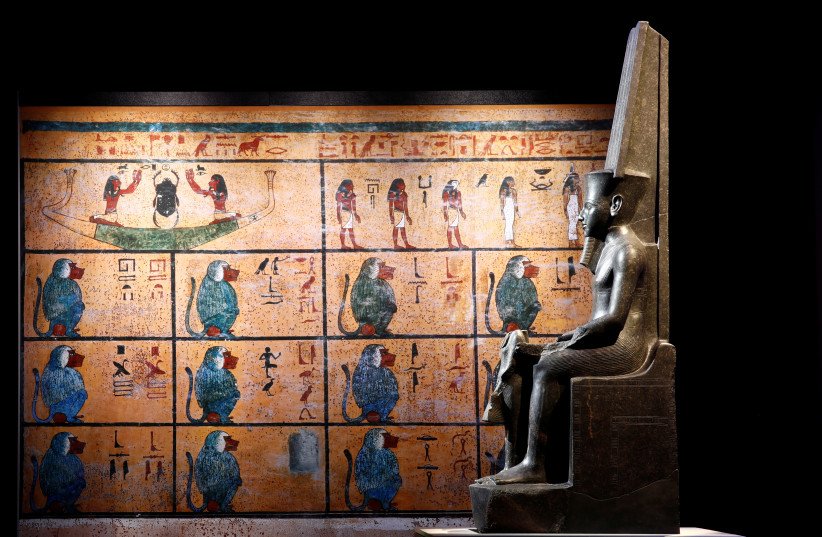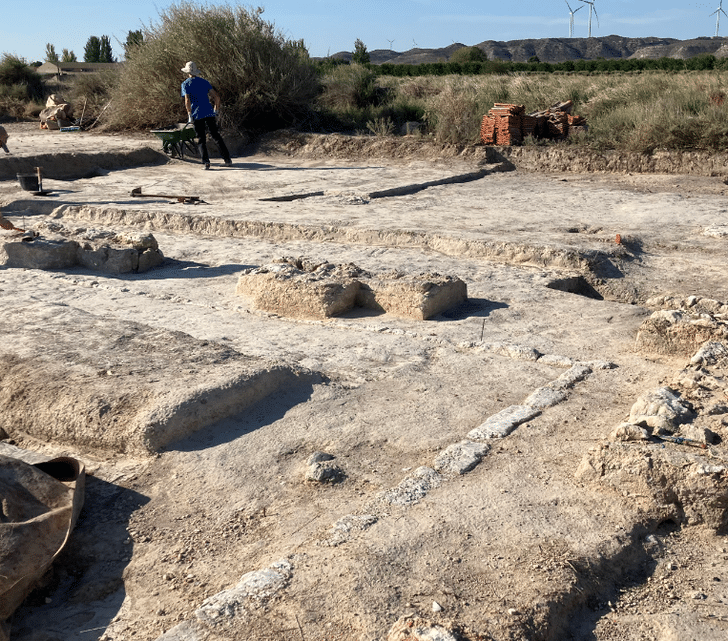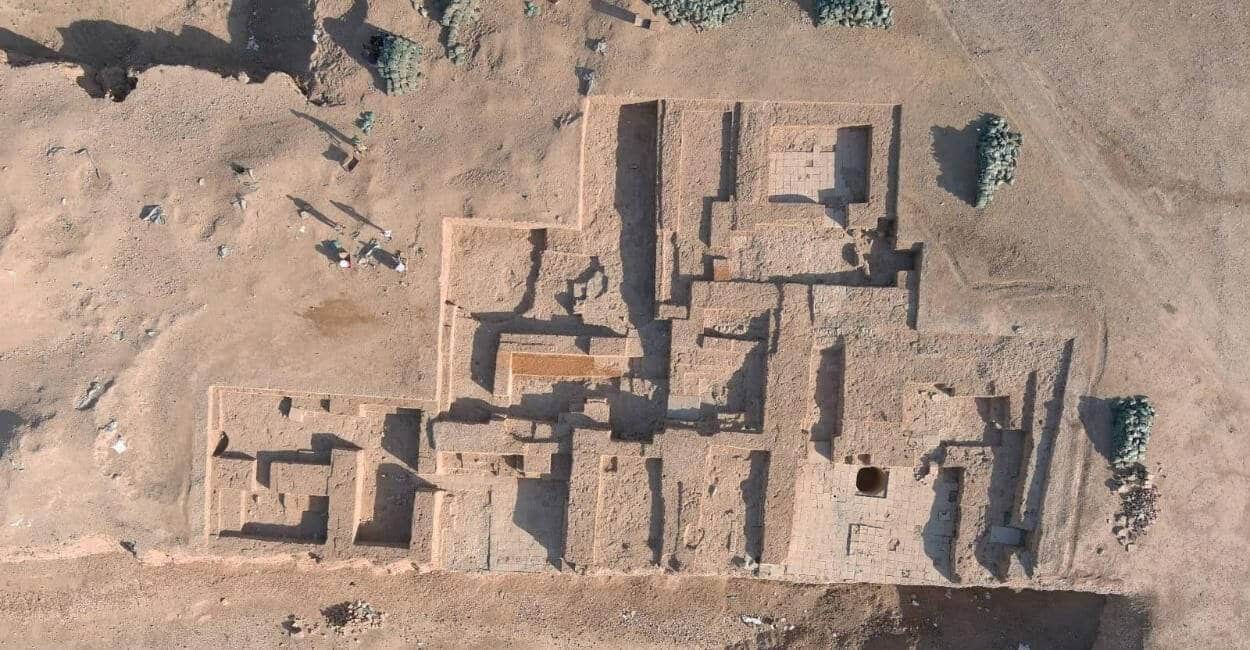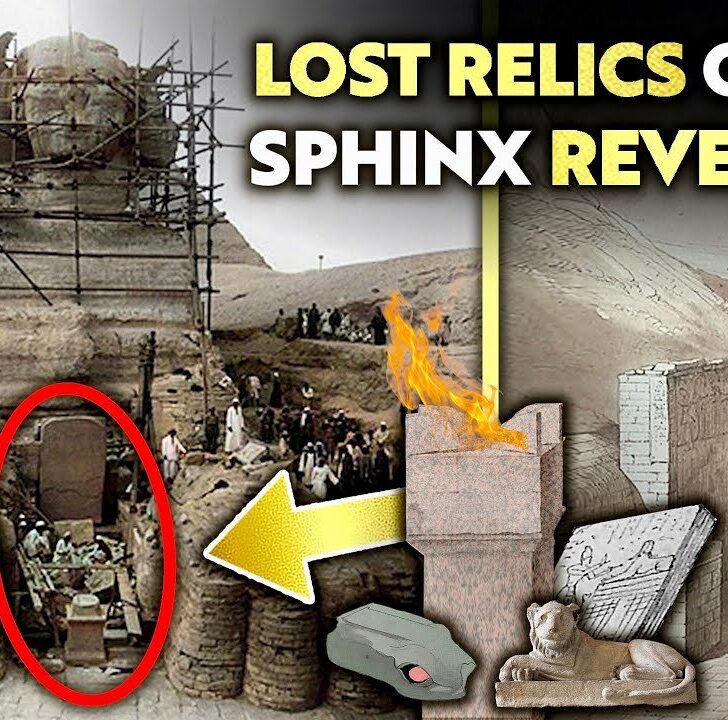In a groundbreaking discovery off the Mediterranean coast of Egypt, underwater explorers led by Franck Goddio have uncovered ancient temples dedicated to the Greek goddess Aphrodite and the revered Egyptian god Amun.

Rediscovering Thonis-Heracleion
The team’s excavations centered around the submerged port city of Thonis-Heracleion, located in the Bay of Aboukir. Despite the city’s discovery back in 2000, its treasures continue to emerge, revealing secrets of a bygone era. Notably, the researchers found temple ruins nestled in the city’s southern canal.
A Temple Lost to Time
According to the European Institute for Underwater Archaeology (IEASM), the temple dedicated to Amun—a pivotal Egyptian god representing air—succumbed to the elements during a significant event around the mid-second century BC. Catastrophic events like rising sea levels, seismic tremors leading to tidal waves, and ground liquefaction caused this vibrant city, spanning 110 square kilometers in the Nile delta, to sink beneath the waves.
IEASM further illuminated the temple’s historical significance, noting that pharaohs once visited this sacred site to garner their ruling titles from the chief deity of ancient Egyptian lore.
A Cache of Timeless Treasures
Excavation endeavors bore fruit as valuable relics surfaced. The temple’s treasury unveiled items like silver ritual instruments, exquisite gold jewelry, and alabaster containers for perfumes. Reflecting on the find, Goddio, the director of excavations and IEASM’s president, expressed profound emotion at the discovery of such pristine artifacts, particularly given the magnitude of the catastrophe that befell the city.
Echoes of Greek Influence
Of particular interest was the temple dedicated to Aphrodite, the Greek deity of love. This discovery underscores the historical symbiosis between the Greeks and Egyptians during the Saïte dynasty (664 – 525 BC). The Greeks, granted permission to trade and establish themselves in Thonis-Heracleion, constructed sanctuaries in honor of their pantheon. Further cementing this cultural blend were weapons associated with Greek mercenaries found at the site, indicating their role in guarding the Nile’s strategic Canopic Branch.
In Conclusion
As the sands of time shift, the waters of the Mediterranean continue to yield glimpses into ancient civilizations’ interconnected worlds. These discoveries not only illuminate the past but also foster a deeper understanding of cultural confluence in antiquity.
- Unearthing the Secrets of the Great Sphinx: Lost Relics Resurface - November 19, 2023
- 5 Most Incredible Archaeological Discoveries of Recent Times - November 17, 2023
- Uncovering 3 Mysterious Ancient Battle Artifacts - November 15, 2023




